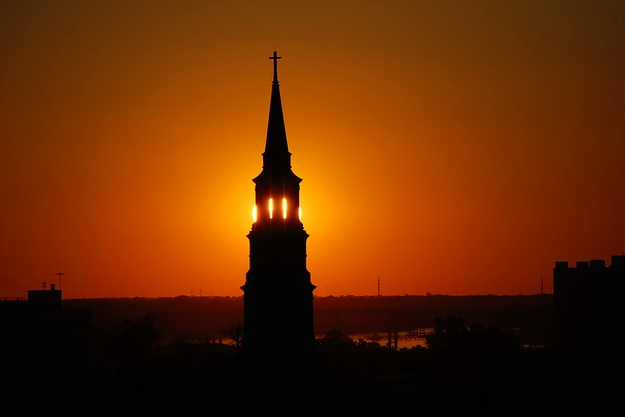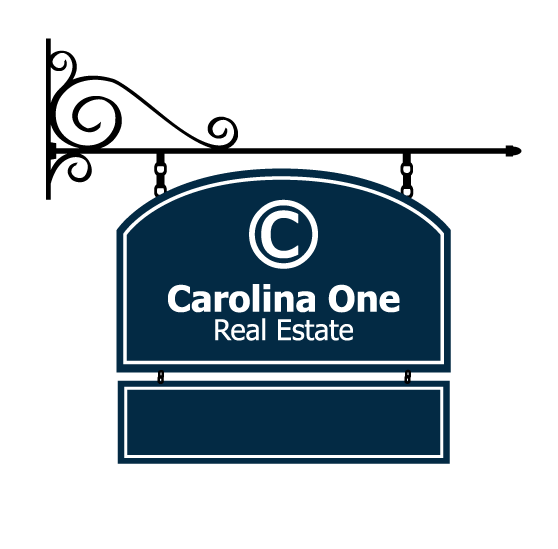Why is Charleston Called the Holy City?
Posted by Lee and Katherine Keadle on Monday, November 30th, 2015 at 9:06am.
 Just south of the midpoint of South Carolina's coastline sits the historic city of Charleston. Founded in 1670, Charleston was first known as Charles Town and was named after King Charles II.
Just south of the midpoint of South Carolina's coastline sits the historic city of Charleston. Founded in 1670, Charleston was first known as Charles Town and was named after King Charles II.
Throughout history, the city has seen periods of great wealth and prosperity as well as times of great poverty. Two major wars were fought within the city, which were followed by occupations of invading armies. Charleston has endured fights with pirates and Native Americans, hurricanes, catastrophic fires, and earthquakes.
So, how did this great city get the nickname of "the Holy City"?
How Charleston Came To Be Known As the Holy City
King Charles II granted a charter in 1663 for the Carolina territory to eight loyal friends. On the west bank of the Ashley River (known as West Ashley today), Charles Town was declared the capital city of Carolina. In two years, the city had 200 to 300 settlers and 30 buildings. In 1680, Charles Town moved to its present day location (now referred to as Downtown Charleston) and adopted its modern name in 1783.
Over the years, the settlement was attacked from sea and land by France, Spain, pirates, and Native Americans. The earliest settlers came here from England but were later followed by immigrants from Scotland, France, Germany, Ireland, and other countries. These immigrants brought with them numerous Protestant denominations as well as Judaism and Roman Catholicism. For this reason, Charleston earned the nickname of "Holy City" as it was known for its tolerance for all religions and it numerous historic churches.
Charleston is home to the Circular Congregational Church, which is one of the oldest congregations in the South. The church was founded by the French Huguenots and Scots Presbyterians. Founders of this church built the meeting house in the northwestern part of the city. At the time, Charleston was a walled city. Today, the current sanctuary is located in this exact space. Current day Meeting Street is the short name of the street that leads up to the meeting house, which was known as the Meeting House Street at the time.
In 1702, Charleston's religious community was 45% Calvinist, 42% Anglican, 2.5% Quaker and Jewish, and 10% Baptist. Today, Charleston's cityscape is dotted with numerous steeples, which serve as a reminder of the impact that religion had on this town. These church steeples also served as useful landmarks that guided ships into Charleston Harbor, one of the most important ports on the East Coast.
Discover Your Next Dream Home in Charleston
Our city's beauty can be seen in its culture, architecture, and amazing Charleston Real Estate. Learn more about the many neighborhoods, events and marketing trends with our Charleston Real Estate Guide.


